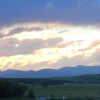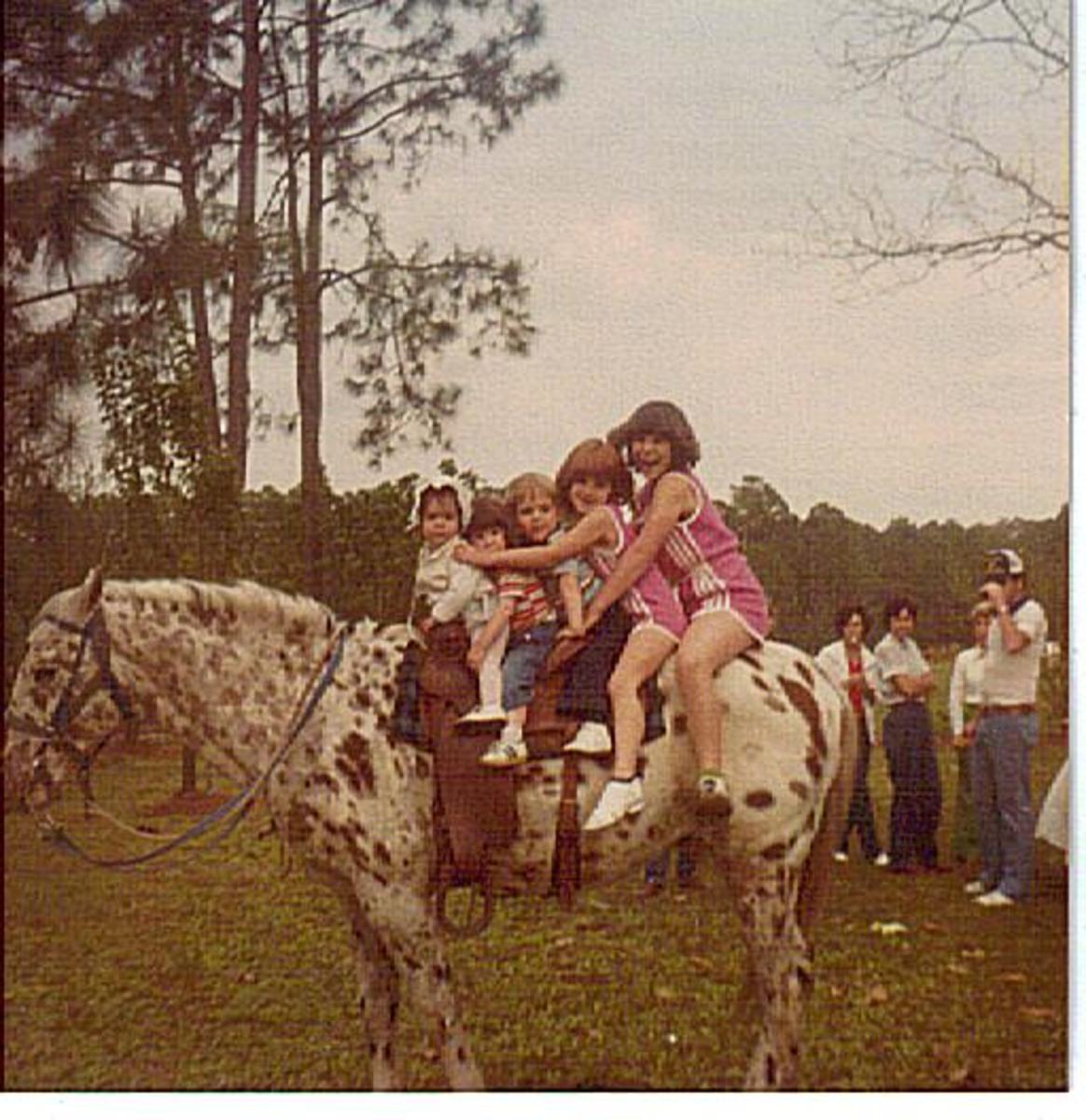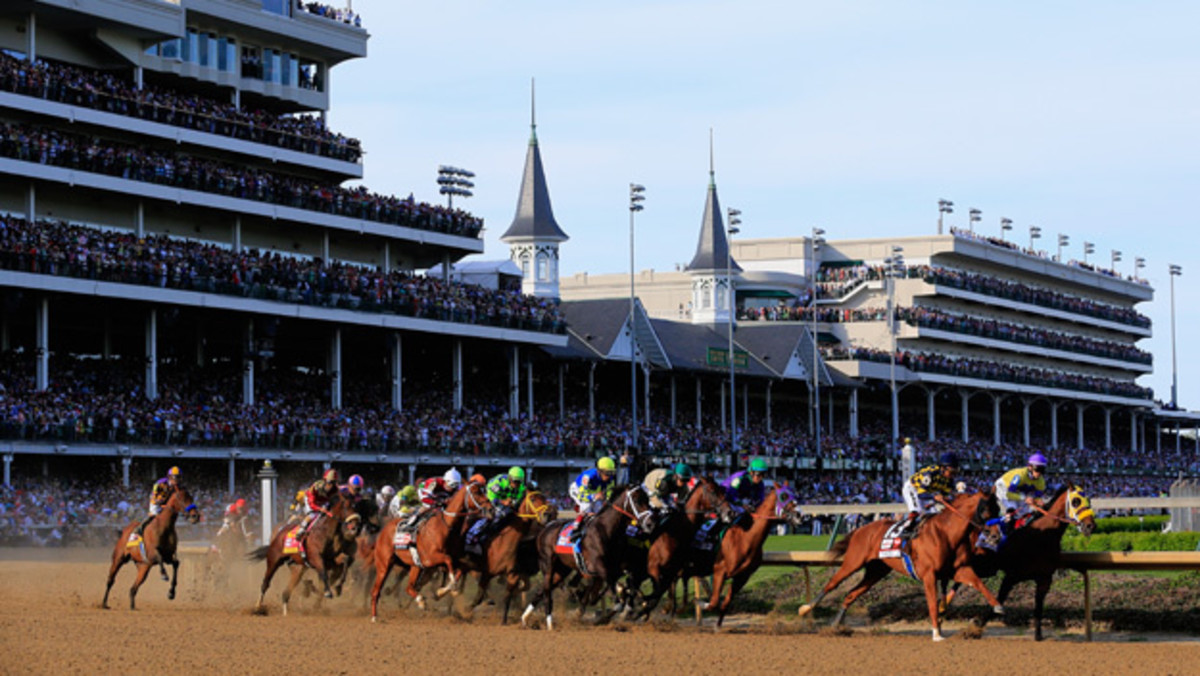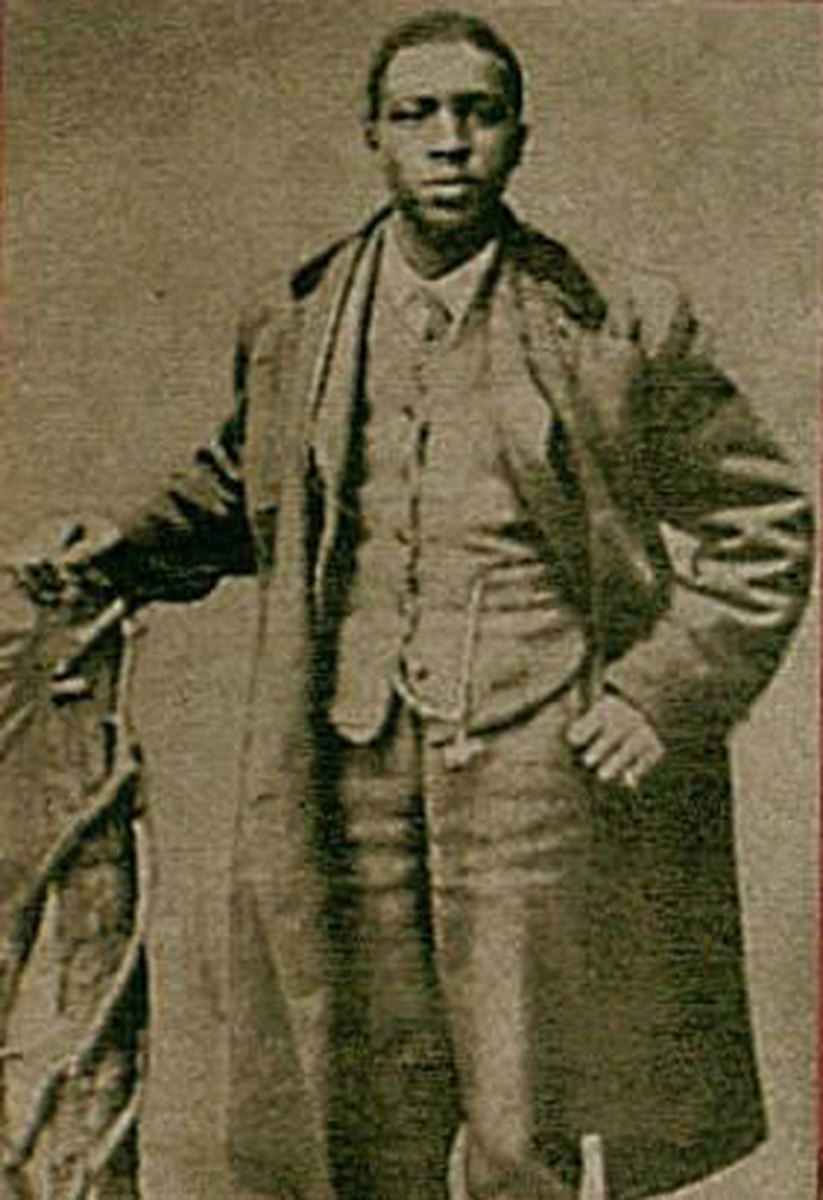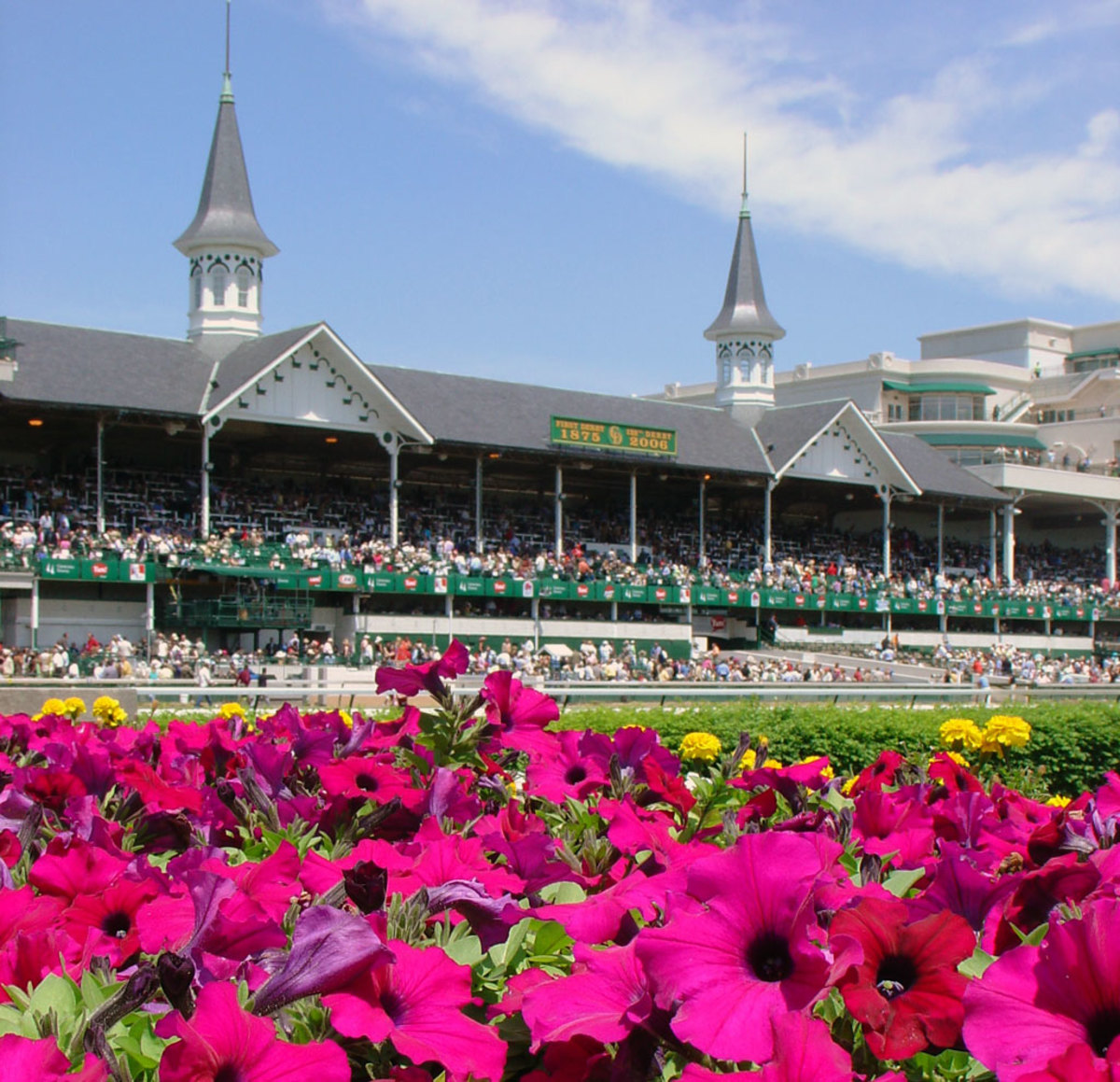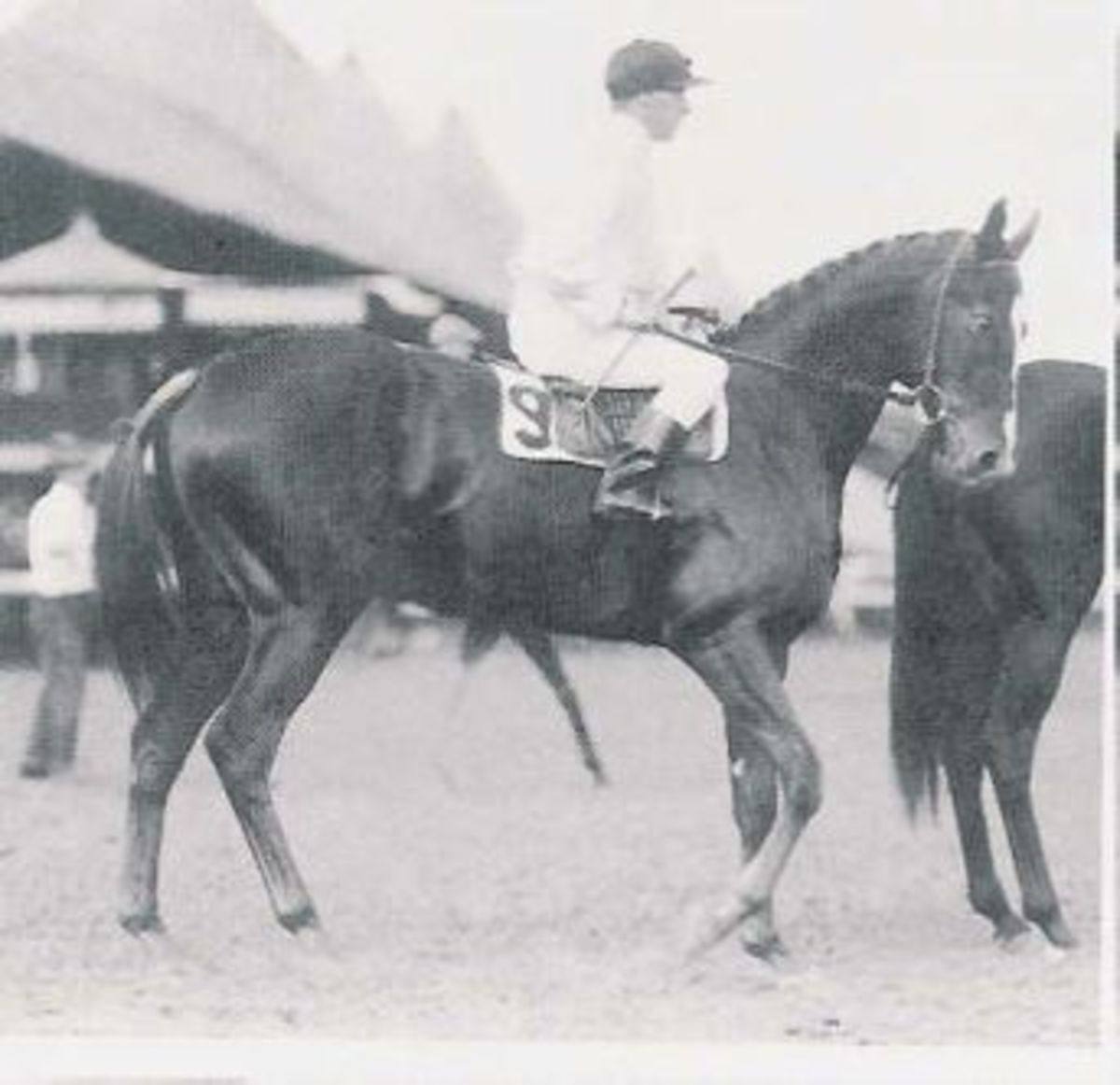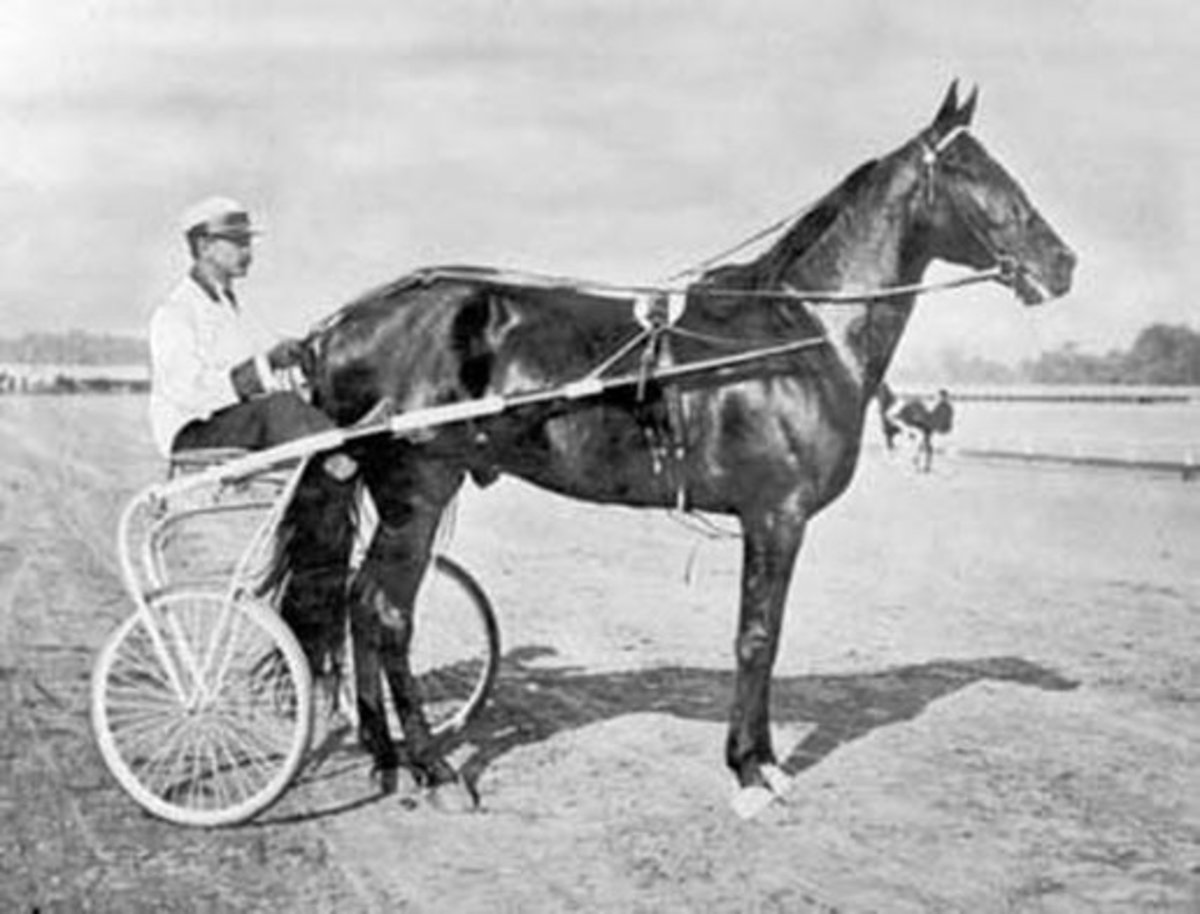The Road To The Kentucky Derby
Thoroughbred Horse & Foal
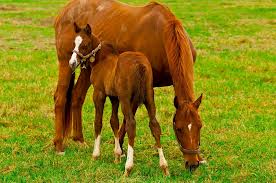
Definitions
Name
| Defination
|
|---|---|
Dam
| Mother of a thoroughbred horse
|
Mare
| Female horse who has been bred or is over 5 years old
|
Filly
| Female horse upto and including 4 years old
|
Sire
| Father of a horse
|
Colt
| Male horse under the age of 5
|
Gelding
| Casterated male horse
|
Stud, Stallion
| Male horse used for breeding
|
Tour of a Stud Farm
1st Step - Breeding
Just like any great athletic competition it takes a large team of experts and a healthy dose of cash, along with the heart of a champion to be a contender for the greatest three year old horse race in the world. The process will begin with the breeder. It is an art and a very difficult task to look at blood lines (horse family trees) and decide which mare should breed with which stud horse. Once the mare’s heritage has been established and past racing record interpreted several qualities can be determined. The stallion should be chosen to complement the mare’s abilities in distance, soundness, temperament, and size. Another factor when selecting a stud horse is the stud fee, experience of the stud and his first generation offspring. Stud fees can be as minimal as a few hundred dollars to many thousands of dollars for top seeded winners and their offspring. The organization that oversees the Thoroughbred Industry in the United States, The Jockey Club, requires live cover breeding for all registered foals. Artificial insemination is not permitted. Live cover breeding is a process that begins usually at the stud farm. The mare is teased by the stud for several days, the attitude of the mare and stud will determine when the mare is ready to accept the stud. At this point several employees are involved in ensuring there will be no harm to the stud or the mare. After 14 – 16 days the mare will be checked by ultrasound to determine if she is in foal. The gestation period for a horse is eleven months or about 340 days, this also is very important in determining the breed date. As the first of January in the northern hemisphere or August 1 in the southern hemisphere are considered the birthday for all registered foals. It is considered an advantage to have the foal born as close to the days as they can. Often breeders will turn on all the lights in the barn housing the mares to try to give the impression of longer daylight hours hoping to fool the estrous cycle of the mares. Once a mare has been bred she will be moved to another location and will be taken care of until birth of the foal. The Jockey Club considers where the foal is born to have been the place of origin and the owner of the mare at the time of birth to be the breeder. An explanation will of this importance will be discussed later. Most mares are not competitively run during the gestation period; however exercise and a healthy diet are just as important as when she is in full training. Generally a mare will be moved to a deliverer stall or pen when it is close to birthing time. This is usually a very large clean secluded area with abilities of the mares to be monitored. At this point several thousand dollars have been invested in the mare and her offspring, so large breeding farms will have extreme special care facilities to ensure there are no complications. Nighttime and early morning are the most popular times for horses to give birth and usually is a quick process with labor only being about 30 minutes. Within a very short time the foal will be up wobbling and nursing. The pair is usually kept separate from the herd for a couple of days, and most foals will be weaned, or separated, from the mare at four to eight months.
Training Day
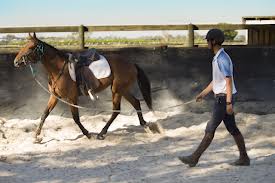
Training Technique
2. Decision Time - Roll The Dice or Cash In
At this time the breeder has one more decision to make. There are many breeder races throughout the world that require the first entry fee be paid during the first few months after the birth of the foal. The Jockey Club registration is completed at this time and the professional name of the horse is selected. The owner must also make decisions regarding the foal, biggest of which is, whether to train the horse to run or sell the foal based on its unproven blood line. A female foal is referred to as a filly. The female side of the lineage is the determining factor for certain classifications. For example a half sibling is two foals with the same dam (or mare). However there is no reference to siblings for two foals with different dams, but the same sire (or stallion). The filly therefore will have more value for the potential breeding; however it is usually the colt that has the greatest earnings potential. A colt is easier to train and handle if they are castrated. Their temperament is calmer and overall is a much more pleasant animal to work with. Castration is commonly done while the colt is still nursing. This can be done at any time it is more often done early. This of course takes the earning potential of lifetime stud fees away. Entry fees are also to be paid for the major steak races in some cases right after birth. Almost every state / province in the U. S. / Canada that has local horse racing offers a Breeders Cup or a Stake Race. Often there is a small entry fee paid yearly for these races. There are many yearling horse sales held all over the world. Many of these sales have a long history and tie to several previous Kentucky Derby Winners. An owner may offer the foal for sale, however all prices are based on speculation. Breeding, size of the horse, overall look of the foal, and finally the disposition determines the price. Less than 1% of all thoroughbred horses born in the United States will race in the big races. Most race horses will not come close to making enough lifetime earnings to pay for the overall care and training. There is always the option of a private sale as well. At this point the foal is less than a year old, has probably been worked with and halter broke, however how the horse will run is still a mystery. The first couple of years a horses bone are still growing and gaining strength. Just like our young growing children extra care needs to be given to the type of sport training that is given. It is always wise to work with strength training in young horses. A large percentage of race horses do not even make it to the track. The biggest gamble an owner will make happens now. Will I sell now and get what I can for my expenses or do I continue to invest in the horse’s future.
Tell Us What You Think
Have You Ever Been To A Horse Race Live
Secretariat
3. Establishing The Winning Team
Once the foal is weaned it is time to start the training process. There are many different operations involved in taking care of a racehorse before it is taken to the track. The first stage is what is known as halter breaking. This is approaching the foal and putting a halter on his head. Thoroughbred horses have the instinct to run but like any young animal, everything has to be taught, and the best teaching method is to be consistent and repetitive whenever possible. Having said that, from this stage of training to actually running in a race is full of different opinions, methods, and procedures. Every horse trainer has their own techniques and procedures for raising a competitive race horse. A strong knowledge of the racing industry, an overwhelming love of the sport, and above all the understanding of the heart of the horse would be the requirements most looked for in a trainer. As this is probably the second biggest expense and owner will go to great lengths to find the right fit for his horse. Research into where you want to run your horse, will set the path for selecting the right trainer. Once the trainer is selected they then take charge of the daily care of the horse while in training. The trainer will also have a team of workers involved in the daily care, breaking, and training of the foal. A veterinarian will also be on standby at all times. It is important to have a trainer who understands the bred characteristics of the blood line. Will the horse be a fast sprinter, very quick out of the starting gate, and full speed to the finish line? These are usually horses bred for the shorter races. The come from behind horse, or one that has left some energy in their tank for a good kick at the end of the race, is bred for the longer races.
The Dirt Is Flying & The Hooves Are Pounding
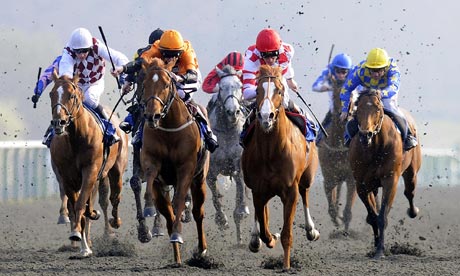
Pride Swells & Heart Is Beating
Very often the sport of horse racing has been referred to as the sport of kings. A large investment is made up front and for several years before a race is run costs will continue to build. Money is not the driving factor in this sport, if financial is you are in the wrong business. The beauty of watching a horse race is breath taking, especially if you have been involved in the horse’s life. As the foal enters the paddock and begins the many hours of rehearsed procedures the pride swells and the heart beats a little faster. The only thing you know for sure is: anything can happen “It is a horse race”.
- Recipes For A Traditional Kentucky Derby Party
A Kentucky Derby party cannot be complete without the famous Mint Julep. We have included the original and a good substitute. A traditional Mint Julep is quite strong and not for everyone. - The Road To The Kentucky Derby - Part II
The Kentucky Derby is a Grade 1 steaks race for three year old thoroughbreds. It is annually held on the first Saturday of May in Louisville, Kentucky.
